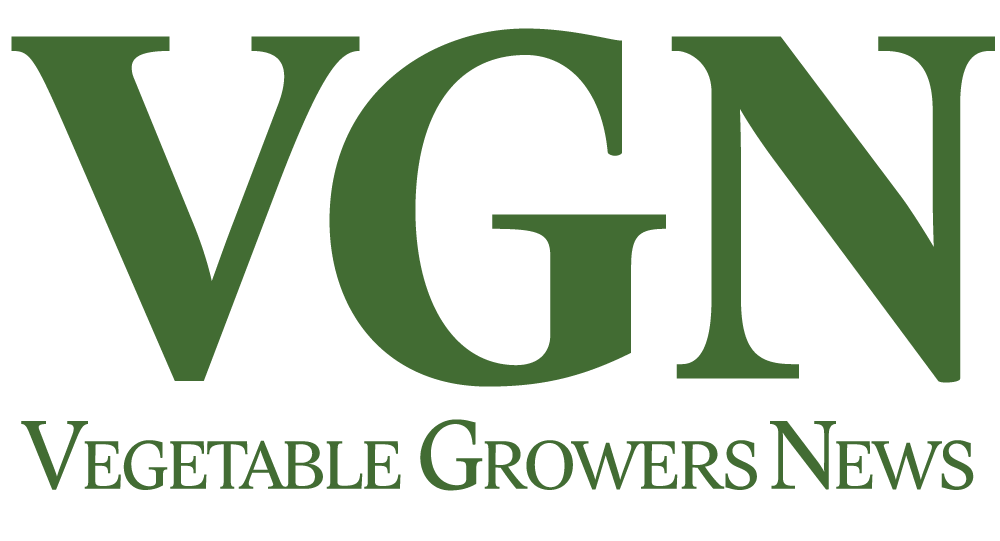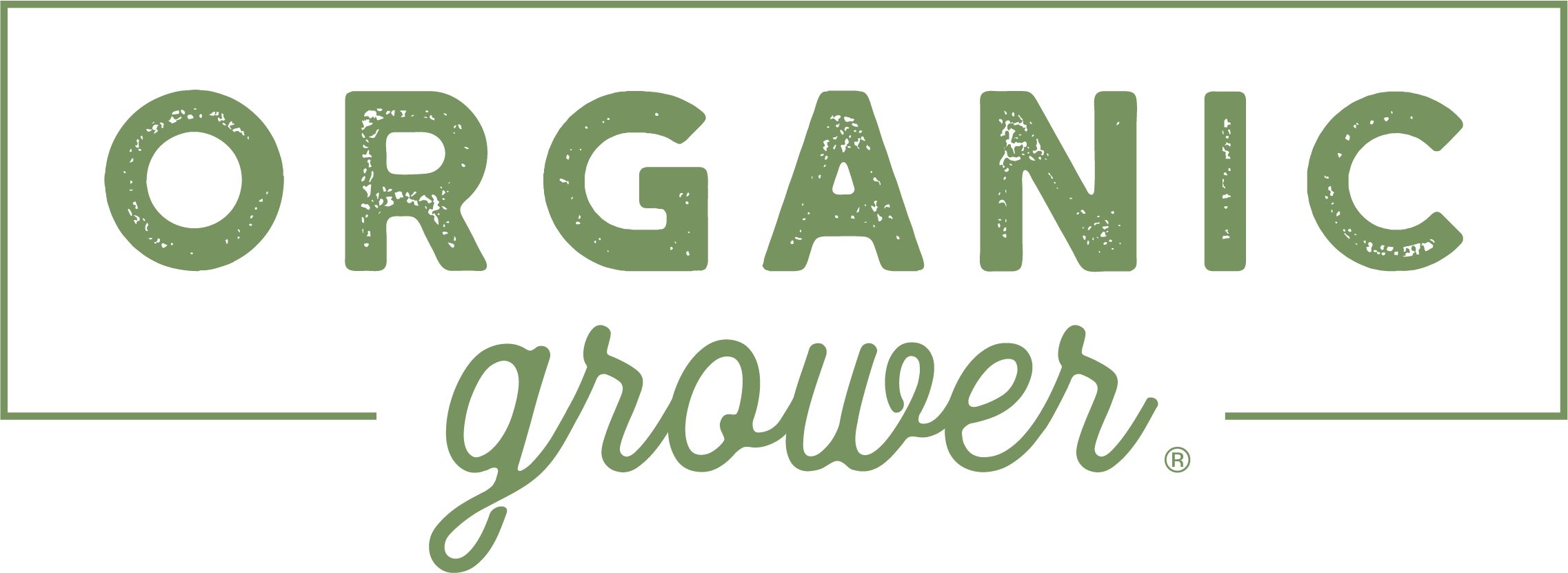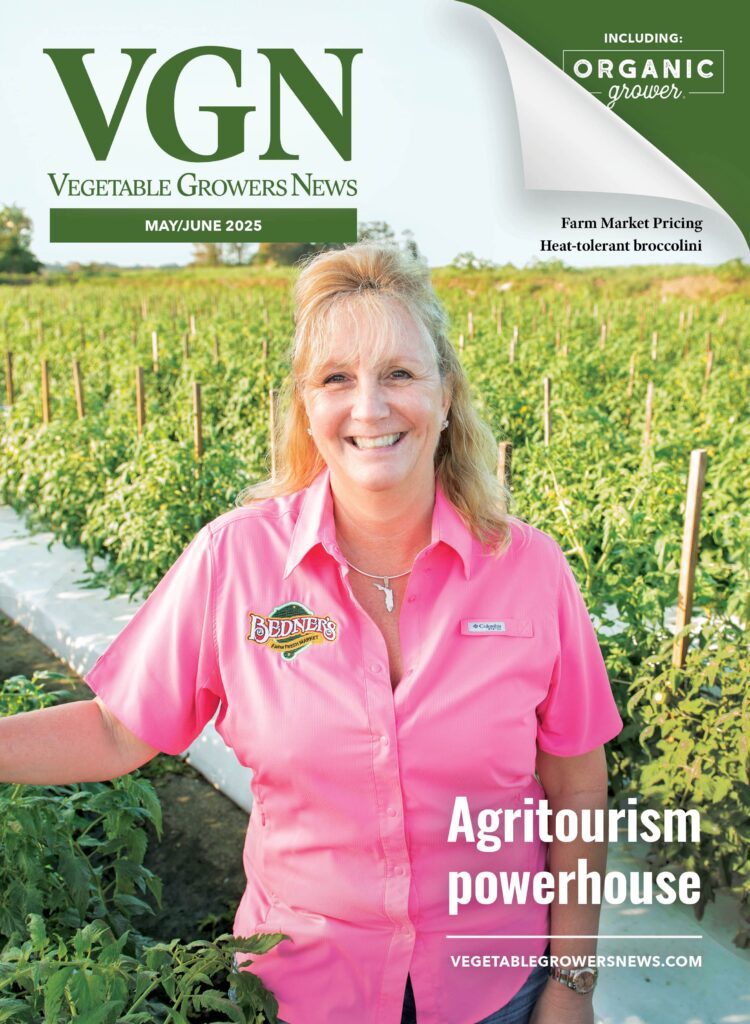Oct 29, 2024North Carolina disaster areas visited by ag secretary
The U.S. Agriculture Secretary recently visited Asheville, North Carolina, to hear from local, state and Tribal officials, emergency managers, food bank staff and volunteers, and impacted producers on the region’s relief and recovery efforts.
During the visit, Tom Vilsack highlighted resources from the U.S. Department of Agriculture (USDA) to help producers, families, and communities in the Tarheel State recover from the devastating impact of Hurricane Helene.
“We know that communities impacted by Hurricane Helene have a long road to recovery, and USDA is committed to supporting that recovery for as long as it takes,” said Secretary Vilsack during the visit. “Along with our fellow federal agencies across the Biden-Harris Administration, USDA will continue using every resource at our disposal to help people in North Carolina get back on their feet.”
USDA is working with states, tribes, local governments, and partners to provide swift support to communities, farmers, ranchers, private forest landowners, and small businesses in North Carolina, and all affected areas, and is looking at every avenue possible to accelerate assistance and find ways to get resources to the people that need them most, according to a news release.
Resources Available to Impacted Producers
USDA offers a suite of programs to help agricultural operations in North Carolina recover, and has allowed flexibilities to streamline and expedite the recovery process.

Producers can visit farmers.gov/hurricane for more information on programs and flexibilities or call the Farm Service Agency (FSA) Call Center at 877-508-8364. Growers can also stay up to date on available assistance by subscribing to receive free email and text message communications directly from your local USDA Service Center at farmers.gov/subscribe.
USDA also offers access to mental health resources, including the Southern Ag Exchange Network Farmer Support Hotline, which is available at 888-381-7243. This hotline provides confidential support to those struggling mentally and emotionally.
For more information, you may view a full list of programs and flexibilities for producers, including:
•Reporting Losses: USDA encourages producers to document damages and losses as best as possible, but understands some documentation may be lost, destroyed, or unattainable. Report damages to FSA. If you are unable to provide documentation, FSA is happy to work with you.
•Crop Insurance: USDA’s Risk Management Agency (RMA) has authorized crop insurance companies to provide flexibility on reporting requirements for those who are unable to report losses due to the disaster. If you have crop insurance, contact your crop insurance agent.
•FSA Disaster Programs: FSA offers a number of disaster programs as well as low-interest emergency loans to help producers recover from production and physical losses. FSA is providing flexibilities for its programs, including extended signup opportunities and use of waivers and emergency procedures to expedite program delivery.
•EQIP Assistance: USDA’s Natural Resources Conservation Service (NRCS) provides technical and financial assistance to producers through its Environmental Quality Incentives Program (EQIP) to help with immediate needs and long-term support to help recover from natural disasters and conserve water resources. The program can assist with restoring livestock infrastructure, emergency animal mortality disposal, and immediate soil erosion protection. NRCS-North Carolina recently announced the availability of $15 million for Emergency EQIP.
•NRCS offers help to communities through the Emergency Watershed Protection (EWP) Program, which provides assistance to landowners and project sponsors following a natural disaster. EWP is designed to help people and conserve natural resources by relieving imminent hazards to life and property caused by floods, fires, windstorms, and other natural occurrences.
Nutrition Assistance for Impacted Individuals and Families
USDA is working with states, local government officials, and partners to ensure that food and nutrition assistance reaches those in need as soon as possible. USDA’s Food and Nutrition Service (FNS) issued flexibilities and waivers for its many nutrition programs across states affected by Hurricane Helene, including North Carolina, in order to help those in impacted communities get the food they need quickly. Families may receive additional assistance through:
•USDA Foods Distribution: Yesterday, FNS approved the North Carolina Department of Agriculture and Consumer Services to use 100-percent American-grown USDA Foods to operate a disaster household distribution in 20 counties. The disaster household distribution food boxes will be provided to approximately 348,000 individuals via self-pick up at food banks and pantry distribution sites in the 20 targeted counties from November 4-December 3.
•D-SNAP: People living in 25 impacted counties who suffered losses as a result of Hurricane Helene may be eligible for USDA’s Disaster Supplemental Nutrition Assistance Program (D-SNAP). Through D-SNAP, which USDA makes available through states in the aftermath of disasters, people who may not otherwise be eligible for SNAP in normal circumstances can apply to receive a one-time benefit to help buy food if they meet income limits and incurred disaster-related expenses. The North Carolina Department of Health and Human Services (NCDHHS) reports that as of Wednesday, more than 105,000 individuals had been approved to receive D-SNAP benefits. The D-SNAP application period concluded yesterday in most counties; the latest information on D-SNAP is available on the NCDHHS website.
•Food and Benefit Replacement: FNS approved the NCDHHS request to automatically replace a portion of SNAP benefits for impacted households for food purchased with SNAP benefits that was lost as a result of Hurricane Helene. Households also have more time to report food loss if they are in a county not covered by the mass replacement, or if they lost more food than the mass replacement would cover. Families have until October 26, 2024, to report food lost as a result of the storm.
•Hot Foods Waiver: SNAP households statewide, including those with the Eastern Band of Cherokee Indians, can purchase hot foods with SNAP benefits through November 3, 2024. This waiver allows households to purchase hot foods with SNAP benefits where Hurricane Helene has left many without a place to prepare food.
Additionally, FNS has provided flexibilities for the WIC program and other child nutrition programs, including Summer-EBT and school meal programs, to allow those programs to best serve impacted communities. All FNS flexibilities in the state can be found at the North Carolina Disaster Nutrition Assistance webpage.
For more information on USDA’s disaster recovery, visit here.
Read the full news release here.

















